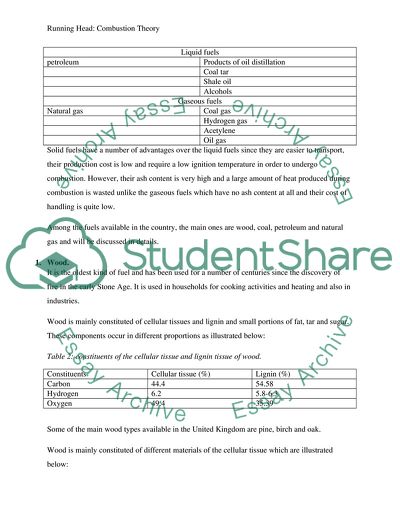Cite this document
(The Mode of Distribution Case Study Example | Topics and Well Written Essays - 4750 words, n.d.)
The Mode of Distribution Case Study Example | Topics and Well Written Essays - 4750 words. https://studentshare.org/physics/1827143-module-1-combustion-theory
The Mode of Distribution Case Study Example | Topics and Well Written Essays - 4750 words. https://studentshare.org/physics/1827143-module-1-combustion-theory
(The Mode of Distribution Case Study Example | Topics and Well Written Essays - 4750 Words)
The Mode of Distribution Case Study Example | Topics and Well Written Essays - 4750 Words. https://studentshare.org/physics/1827143-module-1-combustion-theory.
The Mode of Distribution Case Study Example | Topics and Well Written Essays - 4750 Words. https://studentshare.org/physics/1827143-module-1-combustion-theory.
“The Mode of Distribution Case Study Example | Topics and Well Written Essays - 4750 Words”. https://studentshare.org/physics/1827143-module-1-combustion-theory.


